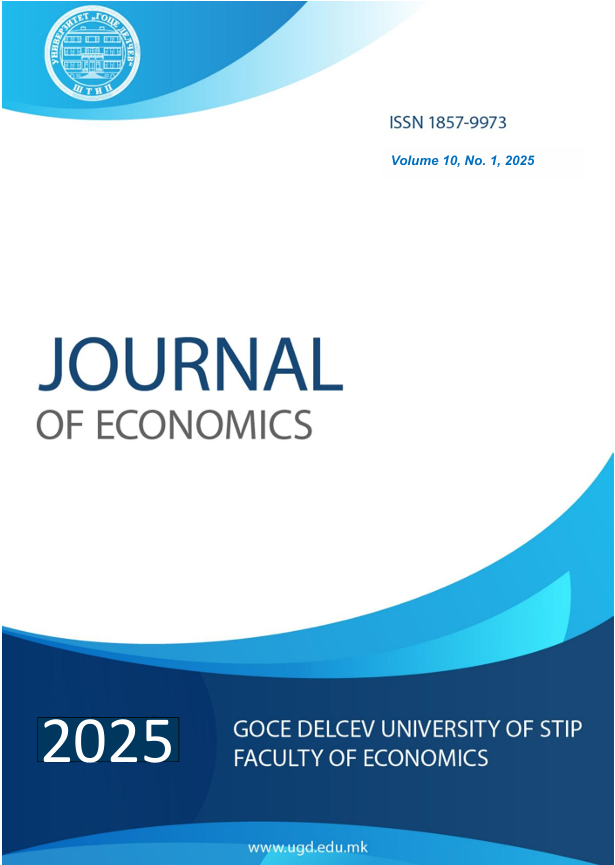Forecasting Industrial Production in the Eurozone: A Scenario-Based Analysis Using Macroeconomic Indicators
DOI:
https://doi.org/10.46763/JOE2510135gsKeywords:
Eurozone, forecasting, industrial production, machine learning, macroeconomic indicatorsAbstract
This study develops a scenario-based forecasting framework to predict monthly industrial production in the Eurozone using key macroeconomic indicators: inflation (HICP), unemployment, and the business climate index. Recognizing the limitations of traditional quarterly GDP models, which provide less timely data and lower forecasting frequency, the study focuses on high-frequency indicators that can enable more responsive and immediate forecasts. By utilizing Eurostat data from January 2000 to January 2025, this research explores how monthly economic indicators can be leveraged for accurate and adaptive predictions. The forecasting process applies PyCaret, an automated machine learning library in Python, to compare and select the most effective regression model from eleven tested algorithms. The K Neighbors Regressor was identified as the best-performing model, with a Mean Absolute Error (MAE) of 2.30 and a Root Mean Squared Error (RMSE) of 2.68, showing robust accuracy in industrial production forecasting. The model is then applied to simulate two macroeconomic scenarios: an optimistic scenario with lower inflation and improved sentiment and a pessimistic scenario with higher inflation and weakened sentiment, all while keeping the unemployment rate stable. The results highlight that industrial production is more sensitive to adverse macroeconomic shocks than positive ones, underscoring the critical role of inflation and business sentiment as short-term economic predictors. This study demonstrates the potential of combining high-frequency data with automated forecasting techniques. It offers a scalable and actionable approach for policymakers, analysts, and businesses who seek to monitor economic activity under varying economic conditions and uncertainty. The findings emphasize the importance of dynamic scenario analysis in forecasting, providing a flexible tool for real-time economic monitoring.


